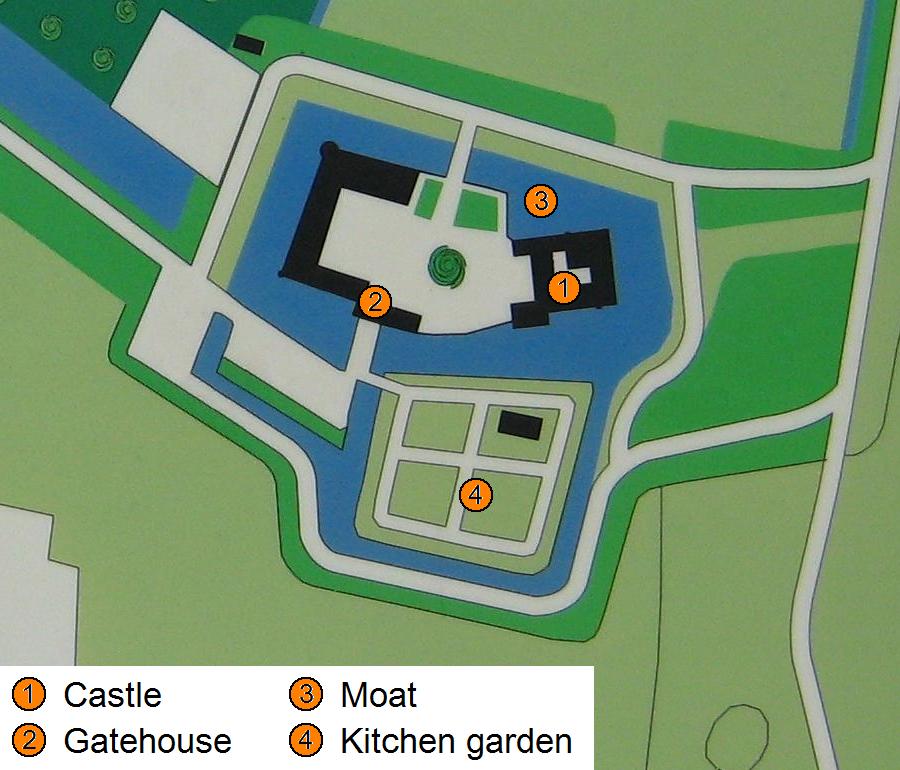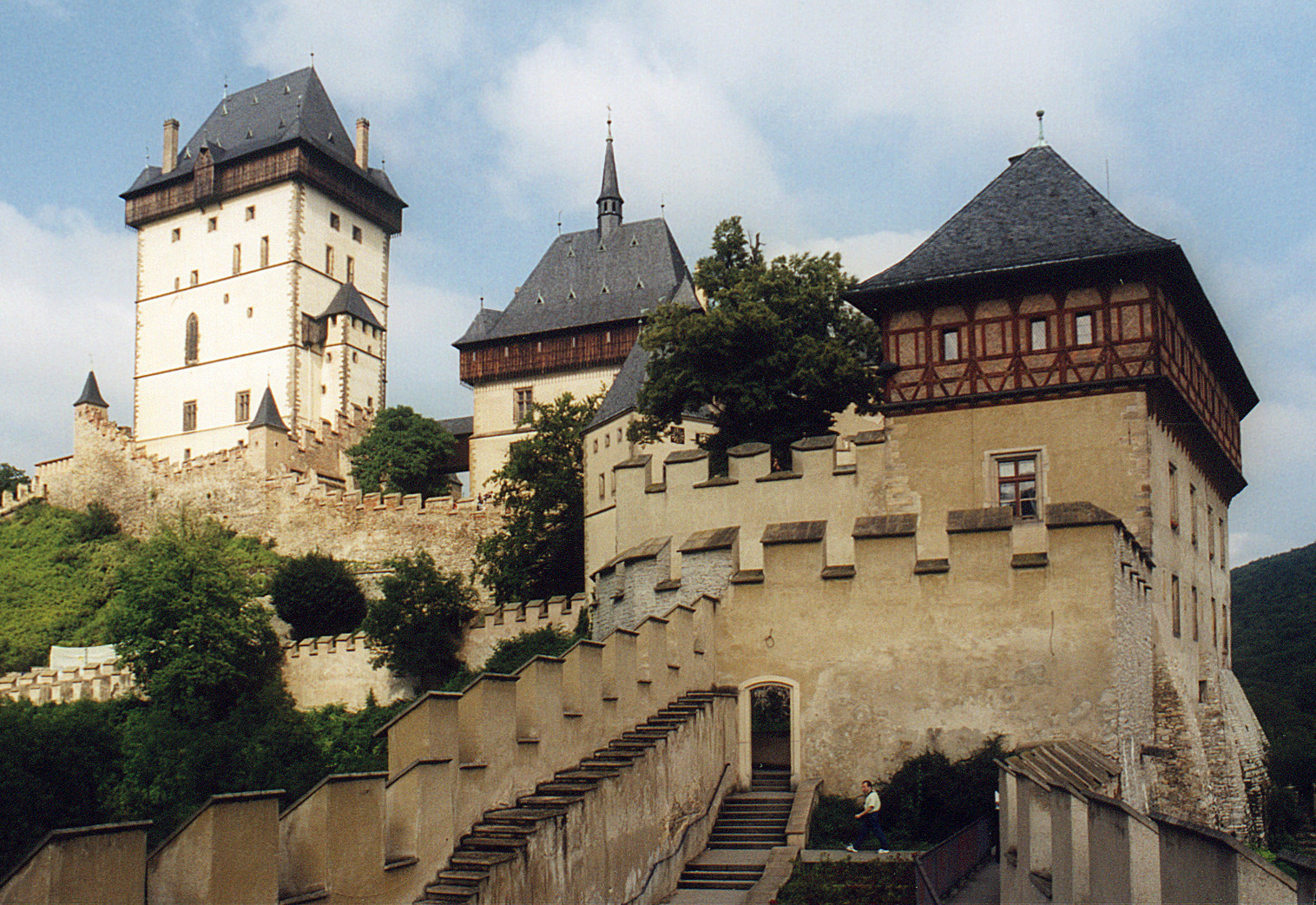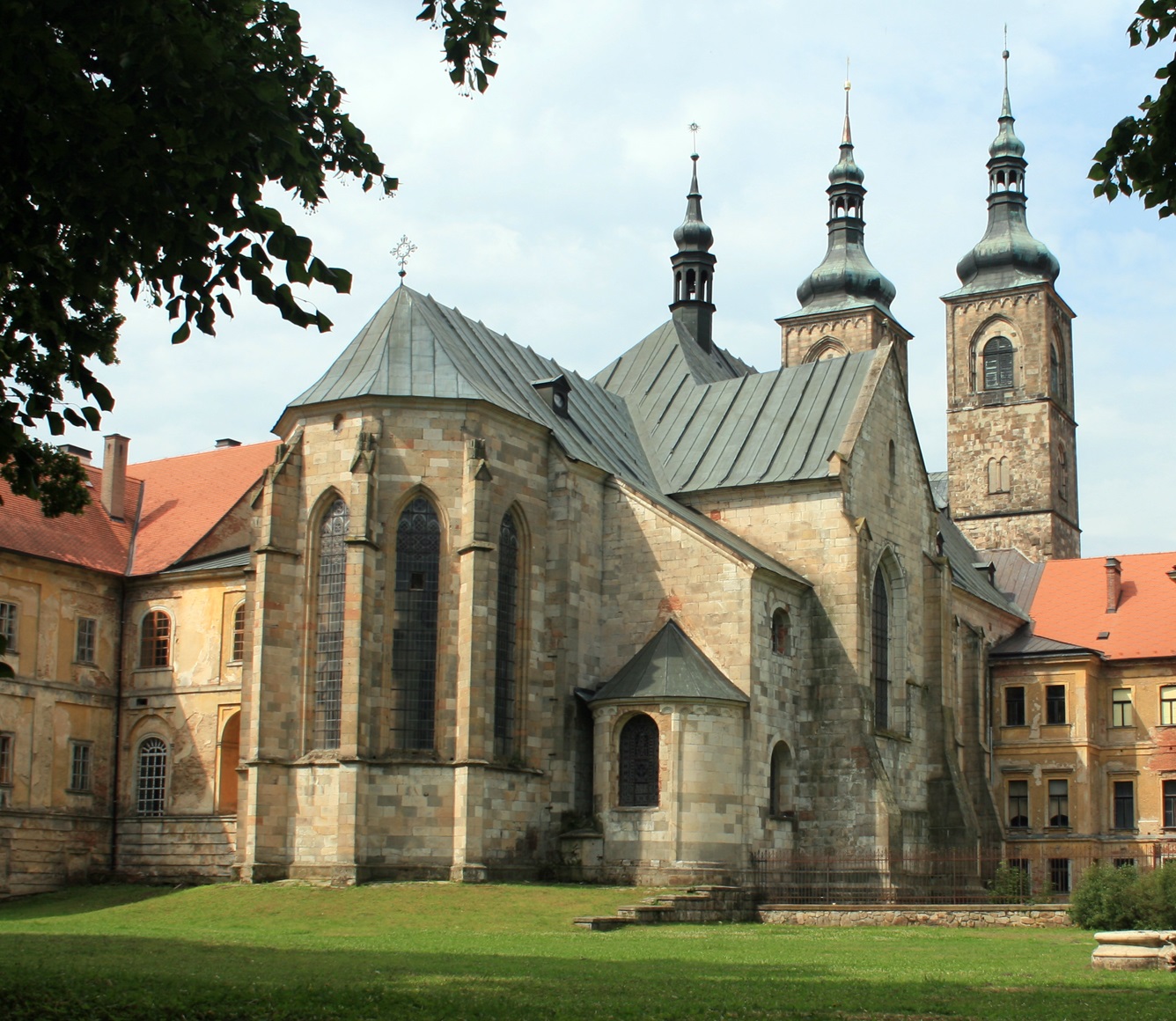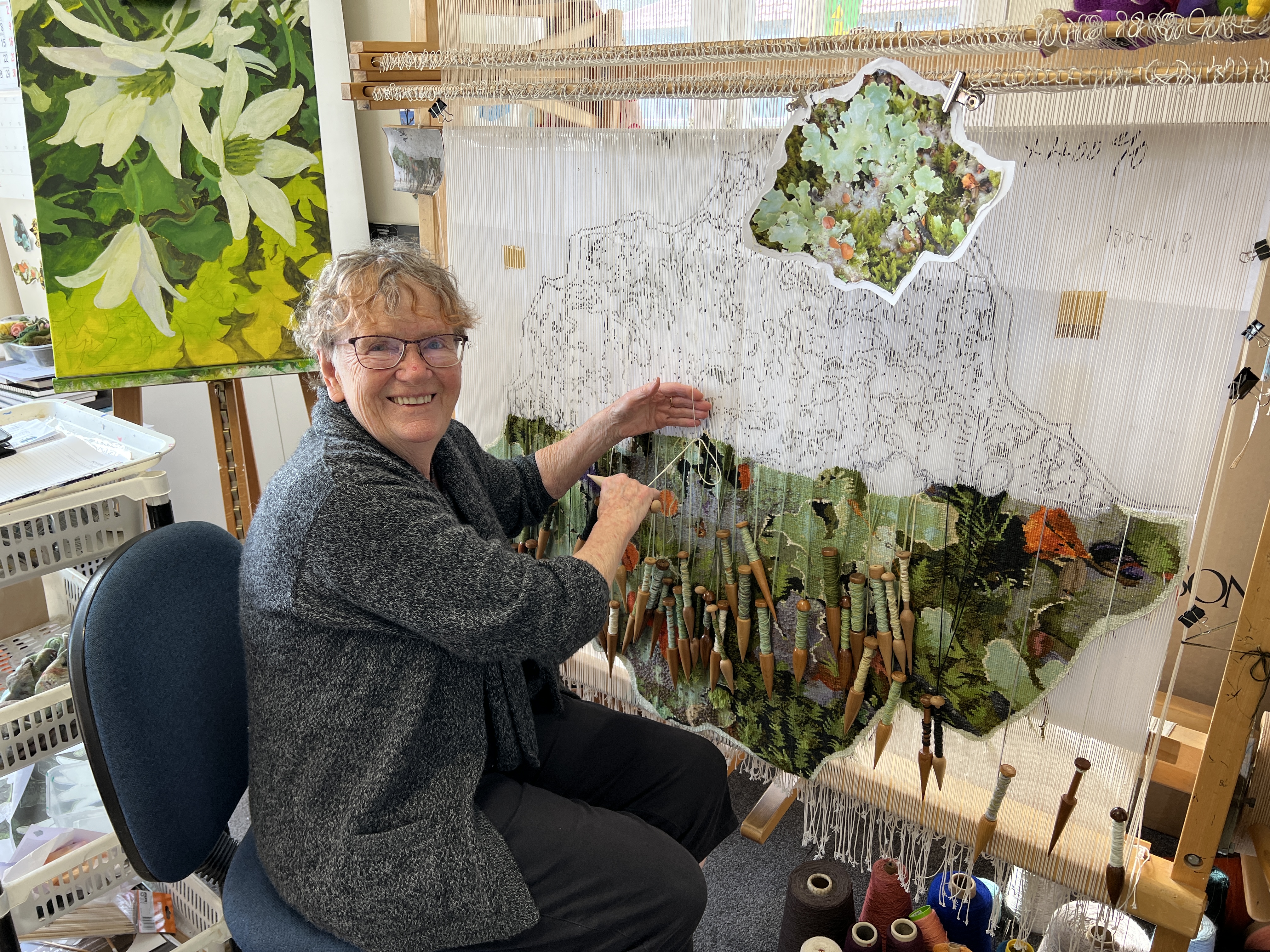|
é vihov Castle
é vihov Castle (; ) is a Gothic water castle in é vihov in the Plzeé Region of the Czech Republic The Czech Republic, also known as Czechia, and historically known as Bohemia, is a landlocked country in Central Europe. The country is bordered by Austria to the south, Germany to the west, Poland to the northeast, and Slovakia to the south .... History é vihov Castle was built by the Rû§zmberk of SkûÀla noble family. It was besieged by the Hussites during Hussite Wars, the garrison surrendered after their water moats were siphoned. It was rebuilt between 1480 and 1489 by the order of the castle's owner, Pé₤ta é vihovskû§ of Rû§zmberk, in the Gothic architecture, late Gothic style. His sons continued in rebuilding the castle after he died and invited a famous architect Benedikt Rejt. In 1598, the Kavka of éûÙáany family took the control of the castle, but were forced to sell it to the Czernin family 50 years later in 1598, due to their poor management. Then the Thirty ... [...More Info...] [...Related Items...] OR: [Wikipedia] [Google] [Baidu] |
Water Castle
A water castle, sometimes water-castle, is a castle which incorporates a natural or artificial body of water into its defences.Forde-Johnston (1979), p. 163. It can be entirely surrounded by water-filled moats (moated castle) or natural waterbodies such as island castles in a river or offshore. The term comes from European castle studies, mainly German ''Burgenkunde''. Some interpretations of the category emphasise that the use of water extends beyond a defensive purpose.Plowman (2005), p. 44. When stately homes were built in such a location, or a Wasserburg was later rebuilt as a residential manor, the German term becomes Wasserschloss, lit. "water palace/manor". Description Forde-Johnston describes such a site as "a castle in which water plays a prominent part in the defences." Apart from hindering attackers, an abundant supply of water was also an advantage during a siege. Topographically, such structures are a type of low-lying castle. Such a castle usually had only one e ... [...More Info...] [...Related Items...] OR: [Wikipedia] [Google] [Baidu] |
Rampart (fortification)
In fortification architecture, a rampart is a length of Embankment (earthworks), embankment or wall forming part of the defensive boundary of a castle, hillfort, Human settlement, settlement or other fortified site. It is usually broad-topped and made of excavated earth and/or masonry.Friar, Stephen (2003). ''The Sutton Companion to Castles'', Sutton Publishing, Stroud, 2003, p. 241. Darvill, Timothy (2008). ''Oxford Concise Dictionary of Archaeology'', 2nd ed., Oxford University Press, Oxford and New York, p. 376. . Types The composition and design of ramparts varied from the simple mounds of earth and stone, known as dump ramparts, to more complex earth and timber defences (box ramparts and timberlaced ramparts), as well as ramparts with stone revetments. One particular type, common in Central Europe, used earth, stone and timber posts to form a ''Pfostenschlitzmauer'' or "post-slot wall". Vitrified ramparts were composed of stone that was subsequently fired, possibly to ... [...More Info...] [...Related Items...] OR: [Wikipedia] [Google] [Baidu] |
Castles In The Czech Republic ...
This is a list of castles and chateaux in the Czech Republic, organized by regions. Central Bohemia (S) Hradec KrûÀlovûˋ (H) Karlovy Vary (K) Liberec (L) Moravia-Silesia (T) Olomouc (M) Pardubice (E) Plzeé (P) Prague (A) South Bohemia (C) South Moravia (B) ûstûÙ nad Labem (U) Vysoáina (J) ZlûÙn (Z) Notes See also * List of castles in Europe * List of castles External links Czech Republic - Manors, Castles, Historical TownsHrady.cz {{ChûÂteaux Czech Republic Castles A castle is a type of fortified structure built during the Middle Ages predominantly by the nobility or royalty and by military orders. Scholars usually consider a ''castle'' to be the private fortified residence of a lord or noble. This i ... [...More Info...] [...Related Items...] OR: [Wikipedia] [Google] [Baidu] |
Gothic Architecture In The Czech Republic
Czech Gothic architecture refers to the architectural period primarily of the Late Middle Ages in the area of the present-day Czech Republic (former Lands of the Bohemian Crown, Crown of Bohemia, primarily consisting of the Kingdom of Bohemia and Margraviate of Moravia). The Gothic style first appeared in the Czech lands in the first half of the 13th century and was usual there until the early 16th century. The phases of the development of the Gothic architecture in the Czech lands are often named after the Bohemian ruling dynasty of the corresponding time: * Early Gothic ã Péemyslid dynasty, Péemyslid Gothic (13th and early 14th century) * High Gothic ã Luxembourg dynasty, Luxembourg Gothic (14th and early 15th century) * Late Gothic ã Jagiellonian dynasty, Jagiellonian Gothic (approximately 1471ã1526) The most significant Gothic architects who worked in the Czech lands (especially in Bohemia) were Peter Parler and Benedikt Ried. Early Gothic The Gothic style pen ... [...More Info...] [...Related Items...] OR: [Wikipedia] [Google] [Baidu] |
Dobrovice Castle
Dobrovice is a town in MladûÀ Boleslav District in the Central Bohemian Region of the Czech Republic. It has about 3,700 inhabitants. It is known for one of the oldest sugar factories in the world. Administrative division Dobrovice consists of eight municipal parts (in brackets population according to the 2021 census): *Dobrovice (1,962) *Bojetice (247) *Chloumek (129) *Holûˋ Vrchy (168) *Libichov (193) *Sû§áina (267) *Tû§nec (181) *ûherce (347) Chloumek, Libichov and Sû§áina form an exclave of the municipal territory. Geography Dobrovice is located about south of MladûÀ Boleslav and northeast of Prague. It lies on the border between the Jizera Table and JiáûÙn Uplands. The highest point is the hill U doubku at above sea level. History The first written mention of Dobrovice is from 1249. In 1541, lords of Chlum built a fortress in Dobrovice. In 1558, Dobrovice gained town rights and the fortress became a castle. Demographics Economy There is a sugar factory in the tow ... [...More Info...] [...Related Items...] OR: [Wikipedia] [Google] [Baidu] |
Cassette Ceiling
Cassette may refer to: Technology * Cassette (format) (or ''cassette tape''), a format that contains magnetic tape for audio, video, and data storage and playback * Compact Cassette, a worldwide standard for analog audio recording and playback on cassette ** Cassette single (or "Cassingle"), a music single in the form of a cassette tape * Digital Audio Tape (or ''DAT''), a digital audio cassette tape format, mainly used by professionals * Digital Compact Cassette (or ''DCC''), a short-lived digital audio cassette format aimed at domestic users * Data cassette, the magnetic tape in plastic housing Music * Album (Public Image Ltd album), ''Album'' (Public Image Ltd album), a 1986 Public Image Ltd album called "Cassette" on certain editions * Cassette (New Zealand band), a band from New Zealand * Cassette (South African band), a band from South Africa * The Cassettes, a Washington, DCãbased "Mystic Country"/Steampunk band formed in 1999 People * Benny Cassette, American record ... [...More Info...] [...Related Items...] OR: [Wikipedia] [Google] [Baidu] |
Tapestry
Tapestry is a form of Textile arts, textile art which was traditionally Weaving, woven by hand on a loom. Normally it is used to create images rather than patterns. Tapestry is relatively fragile, and difficult to make, so most historical pieces are intended to hang vertically on a wall (or sometimes in tents), or sometimes horizontally over a piece of furniture such as a table or bed. Some periods made smaller pieces, often long and narrow and used as borders for other textiles. Most weavers use a natural warp thread, such as wool, linen, or cotton. The warp and weft, weft threads are usually wool or cotton but may include silk, gold, silver, or other alternatives. In Late Middle Ages, late medieval Europe, tapestry was the grandest and most expensive medium for figurative images in two dimensions, and despite the rapid rise in importance of painting it retained this position in the eyes of many Renaissance patrons until at least the end of the 16th century, if not beyond. Th ... [...More Info...] [...Related Items...] OR: [Wikipedia] [Google] [Baidu] |
Renaissance Architecture
Renaissance architecture is the European architecture of the period between the early 15th and early 16th centuries in different regions, demonstrating a conscious revival and development of certain elements of Ancient Greece, ancient Greek and Ancient Rome, Roman thought and material culture. Stylistically, Renaissance architecture followed Gothic architecture and was succeeded by Baroque architecture and neoclassical architecture. Developed first in Florence, with Filippo Brunelleschi as one of its innovators, the Renaissance style quickly spread to other Italian cities. The style was carried to other parts of Europe at different dates and with varying degrees of impact. It began in Florence in the early 15th century and reflected a revival of classical Greek and Roman principles such as symmetry, proportion, and geometry. This movement was supported by wealthy patrons, including the Medici family and the Catholic Church, who commissioned works to display both religious devot ... [...More Info...] [...Related Items...] OR: [Wikipedia] [Google] [Baidu] |
The Gold Bastion
''The'' is a grammatical article in English, denoting nouns that are already or about to be mentioned, under discussion, implied or otherwise presumed familiar to listeners, readers, or speakers. It is the definite article in English. ''The'' is the most frequently used word in the English language; studies and analyses of texts have found it to account for seven percent of all printed English-language words. It is derived from gendered articles in Old English which combined in Middle English and now has a single form used with nouns of any gender. The word can be used with both singular and plural nouns, and with a noun that starts with any letter. This is different from many other languages, which have different forms of the definite article for different genders or numbers. Pronunciation In most dialects, "the" is pronounced as (with the voiced dental fricative followed by a schwa) when followed by a consonant sound, and as (homophone of the archaic pronoun ''thee'' ... [...More Info...] [...Related Items...] OR: [Wikipedia] [Google] [Baidu] |







